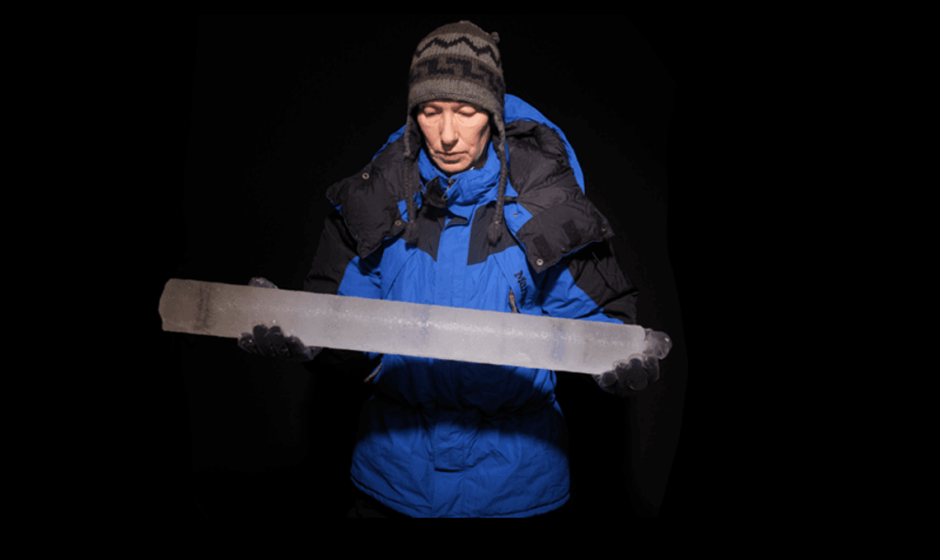Scientists have been forced to discontinue the use of the Corbassière glacier in Valais, Switzerland as a record of climate change due to the drastic changes in the climate itself.
Ice has played a significant role in our understanding of Earth’s climate. Glaciers contain air bubbles that reveal the atmospheric concentrations of gases at the time the ice formed. Isotopes of oxygen in the water molecules also provide clues about past temperatures. Additionally, pollutants trapped in the ice offer valuable information. To gather this data, climatologists often travel to Greenland, Antarctica, and mountain tops to collect ice cores. However, this method only works if the ice is laid down in distinct layers each winter. When these layers cannot be distinguished, the ice loses its purpose as a climate record.
The Corbassière glacier, unlike some ice sheets that record climate changes over hundreds of thousands of years, contains more recent ice. Near the top of the glacier, there is a layer of firn, which is a stage in the process of snow turning into ice. Each year between 2011 and 2018, an average of 2 meters (7 feet) of firn was found at Corbassière, allowing for a higher resolution of climate data compared to other locations.
During the summer, winds carry pollutants such as ammonium, nitrate, and sulfate to the Alps, where they are deposited on glaciers like Corbassière. In colder winter air, these particulates fall to lower concentrations as they rise less.
In 2018, PhD student Carla Huber and Professor Margit Schwikowski from the Paul Scherrer Institute studied a 14-meter (49-foot) ice core and observed exceptional detail of the previous seven years. However, a 2020 core measuring 18 meters (59 feet) produced different results, with lower trace concentrations and less seasonal variation. The researchers concluded that recent summers have been so hot that the glacier melted deeply, affecting even the layers buried beneath meters of firn. Different season deposits mixed together, resulting in the smoothing out of layers. Some of the meltwater drained away, causing gaps in the glacier to sink to the bottom and wash away trace substances. This process is likened to a library break-in where books get mixed up and stolen.
The researchers found that the melting of the glacier was not triggered by a singular event but rather by a series of warm years in the recent past. This suggests that a threshold has been crossed, leading to a stronger melting effect. The warming of Grand Combin, the source of the glacier, has been in line with the global average, indicating that no freak event occurred.
The Ice Memory Foundation, a project aimed at collecting ice cores from 20 endangered glaciers before they melt and storing them in a global climate archive, had planned to include Corbassière. While the 2018 core may still be included, a significant portion of the 2020 core is now deemed useless. The melting and refreezing of the ice layers almost destroyed an expensive drill bit, and plans to collect thousands of years’ worth of data by drilling deeper had to be abandoned.
It is still possible to consider other nearby glaciers for inclusion in the archive. However, given that most of the Alps’ glaciers begin at lower altitudes, they may be similarly affected. The retreat of glaciers, which has been visually documented, serves as a powerful symbol and warning of global warming. Even in cases where the effects are not immediately visible, the consequences can still be severe.
The loss of glacial-archived information poses a significant challenge for the scientific community as it represents one of the best records of past climatic and environmental changes. The findings of this study have been published in the journal Nature Geoscience.




